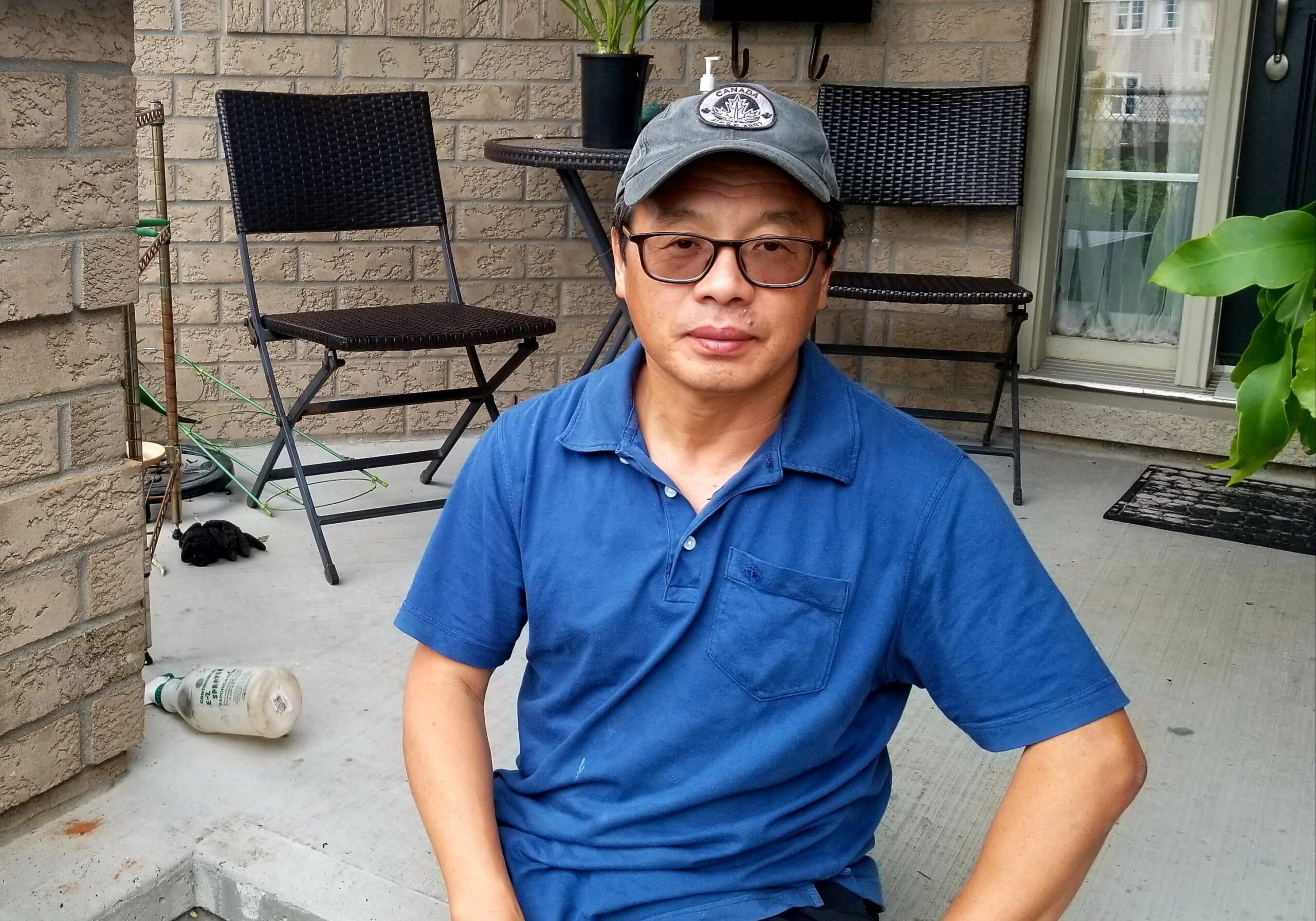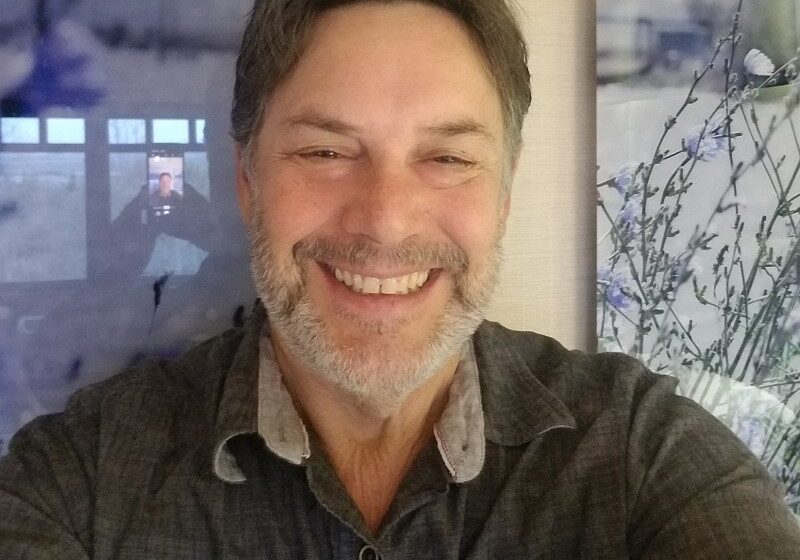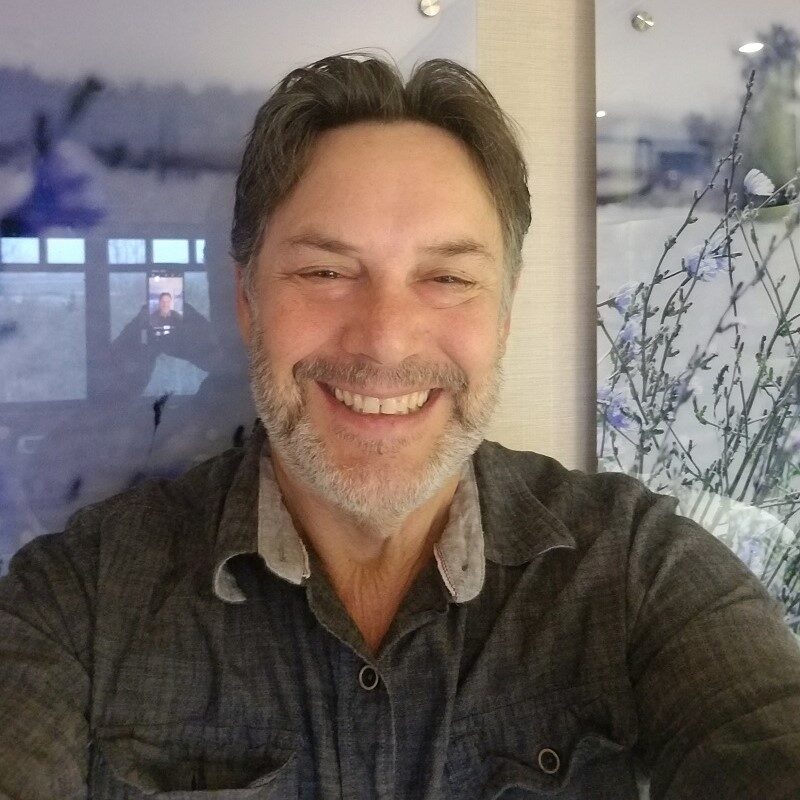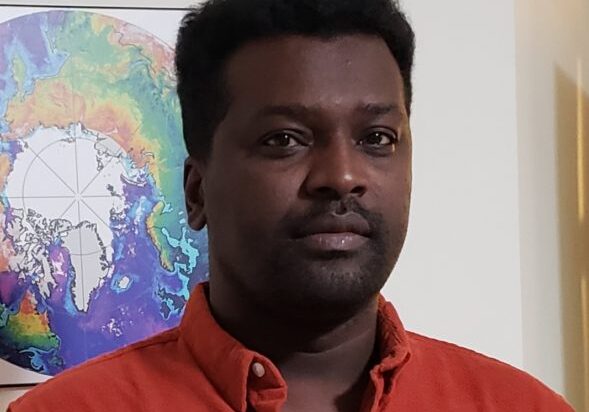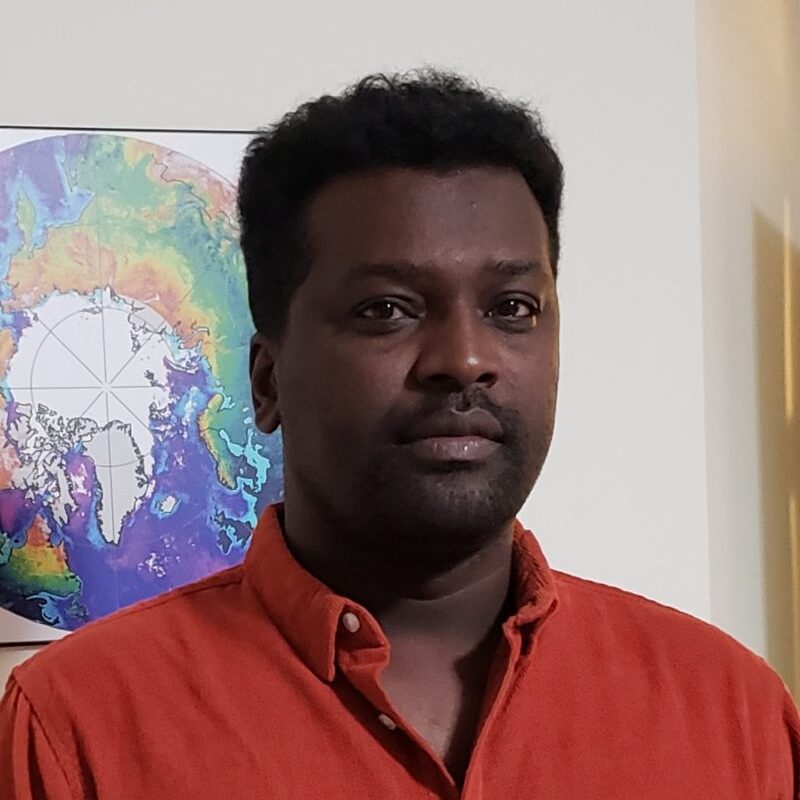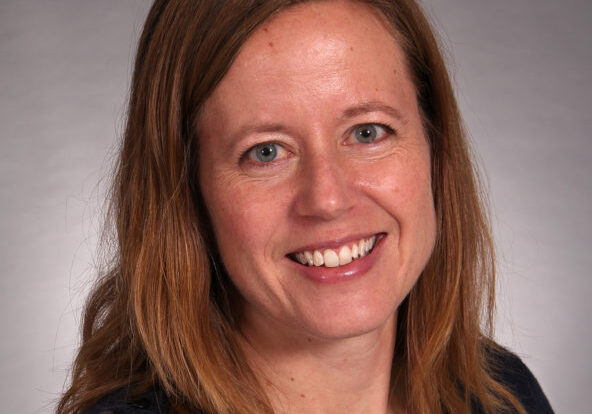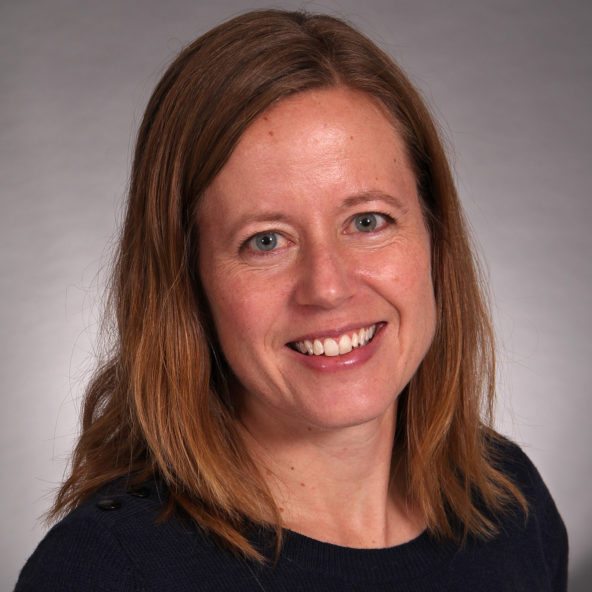WHY MEASURE CARBON IN NATURE?
Canada is facing dual crises of biodiversity loss and climate change. Globally, one-third of our climate change-causing greenhouse gas (GHG) emissions comes from the destruction of trees, ground cover, peatlands, and coastal ecosystems. By safeguarding existing carbon-rich ecosystems, and restoring habitat that absorbs even more carbon, we can slow and reverse climate change while allowing biodiversity to thrive.
Protecting and restoring natural features that catch and store carbon (also referred to as Nature-based climate solutions, or NbCS), plays an important role in achieving our commitments to get to net zero by 2050. But we must be able to measure how much carbon is being captured by nature over time, to ensure we meet those targets. A variety of approaches for carbon measurement already exist, but they often deliver incomplete data and are costly and/or labour and time intensive.
The Nature x Carbon Tech Challenge is supported by founding partner RBC Tech for Nature and national technology sponsor Microsoft.

Biomass
In this category were looking for technology solutions that can measure carbon levels in biomass, or vegetation. Biomass carbon pools are located both above and below ground. In the case of a tree, the trunk, branches and leaves are all above-ground biomass. The living roots make up the below-ground biomass. In coastal ecosystems, it could be the leaves and roots of eelgrass. Globally, plant biomass has an estimated carbon pool of 450 Pg — that’s nine times total annual global emissions. Importantly, biomass carbon pools tend to be in a more continuous state of flux due to natural and anthropogenic impacts such as fire, harvesting and land-use change.
© WWF-Canada / Noah Cole
CHALLENGE BRIEF 1
Urban communities and fresh water
How might we reduce the impacts of urban communities on our fresh water, allowing people and nature to thrive together?
THE PROBLEM
With more than 80 percent of Canadians living in cities, there is substantial pressure on urban watersheds. Increasing urbanization leads to pollution, habitat loss and habitat fragmentation. Climate change pressures exacerbate an already stressed relationship.
© Frank Parhizgar / WWF-Canada
Some examples of these threats are:
Pollution
The Toronto and Region Conservation Authority found that water quality is directly correlated to urbanization. They found the largest drivers of poor water quality are non-point source pollutants (such as the nutrients, pesticides and chemicals used to treat homes, gardens and roads) making their way into rivers and lakes through lawns, sewer drains and direct runoff. Other drivers include point-source pollutants such as industry spills and discharge and sewer outflows.
© Graeme Stewart-Robertson
Climate Change and Habitat Loss
Recent major flooding events in cities like Ottawa, Montreal, Toronto, Calgary and along the St. John River in New Brunswick are linked to increasing threats and urbanization. Often cities are built in a way that destroys the natural floodplain buffers of large bodies of water, replacing habitats with impervious surfaces and causing water to run off or pool, rather than be absorbed. These poorly planned conditions increase the chances of flooding. As extreme precipitation events become more frequent, flooding events will also increase and become more severe.
© iStock / Christophe Ledent / WWF-Canada
Habitat Fragmentation
Habitat fragmentation can have a significant impact on species. For example, the Okanagan population of Chinook salmon, which historically was large enough to support regional First Nations food and trade needs, was assessed as Endangered by COSEWIC in 2017. A key driver of their decline is the habitat fragmentation caused by dam constructions along their migration route.
Do you have a technology enabled solution to reduce the impacts of urban communities on our fresh water, allowing people and nature to thrive together? Register for the Generation Water Tech Challenge now.
Soils
In this category were looking for technology solutions that can measure carbon levels in soils. Globally, soils store three times more carbon than vegetation reservoirs in the top metre alone. But there’s a lot of variability between habitats expected to have high soil organic carbon (SOC) (such as, peatlands and tidal salt marshes) and those expected to have comparatively low SOC (such as, agricultural lands).
© Ghost Watershed Alliance Society
CHALLENGE BRIEF 2
Missing fresh water data
How might we revolutionize our approach to water data to empower decision making?
THE PROBLEM
Canada’s lack of water data is a challenge when making key decisions for conserving and managing a valuable natural resource.
Our 2017 Watershed Reports identified that 110 of 167 watersheds did not have enough data available to assess their health. Where monitoring does happen, the data is often inaccessible due to it being proprietary or in an incorrect format for analysis and use.
This adds up to a system where decision makers do not have adequate information required to make informed choices. Without baseline and real-time data, we can’t ensure that our water is healthy now, or in the future.
We have started building on the results Watershed Reports started, including through the use of blockchain technology and cutting-edge monitoring technology such as eDNA, but more needs to be done.
Do you have a technology enabled solution to revolutionize our approach to water data to empower decision making? Register for the Generation Water Tech Challenge now.
Ecosystems
In this category we were looking for carbon measurement technologies that can assess the carbon storage and/or sequestration value in the biomass and soils of a set ecosystem. By measuring both categories, we can develop a more comprehensive assessment of the carbon storage value of the entire ecosystem.
© Ghost Watershed Alliance Society
CHALLENGE BRIEF 2
Missing fresh water data
How might we revolutionize our approach to water data to empower decision making?
THE PROBLEM
Canada’s lack of water data is a challenge when making key decisions for conserving and managing a valuable natural resource.
Our 2017 Watershed Reports identified that 110 of 167 watersheds did not have enough data available to assess their health. Where monitoring does happen, the data is often inaccessible due to it being proprietary or in an incorrect format for analysis and use.
This adds up to a system where decision makers do not have adequate information required to make informed choices. Without baseline and real-time data, we can’t ensure that our water is healthy now, or in the future.
We have started building on the results Watershed Reports started, including through the use of blockchain technology and cutting-edge monitoring technology such as eDNA, but more needs to be done.
Do you have a technology enabled solution to revolutionize our approach to water data to empower decision making? Register for the Generation Water Tech Challenge now.
Meet the final award recipients
Three tech creators have each been awarded $100,000 contracts to test their technology on the ground with communities that are already implementing nature-based climate solutions.
Korotu Technology
LandSteward: Community forest monitoring and carbon reporting
Korotu Technology helps communities protect natural areas to support climate and biodiversity stewardship. Korotu's LandSteward platform continuously monitors and measures the forests, wetlands and grasslands communities depend on. Satellite-based LiDAR and Optical Sensors allow the platform's mobile and web users to rapidly estimate and visualize heat maps of the carbon contained in nature.
Innovatree Carbon Group Ltd.
Innovatree forest carbon monitoring software
Innovatree has been collaboratively developed between AIB Innovation Ltd., an R&D company specializing in sustainable innovation and Second Pass Forestry Ltd., a First Nation-owned forestry consulting company. The Innovatree software relies on LiDAR data and machine learning to calculate the carbon found in forest biomass. This technology is combined with a minimal number of field-plot inventories and produces georeferenced maps and datasets with information scaled down to the individual tree level.
Laval University
Forest BIOmass measurement from 3D terrestrial LiDAR SCANning (BioScan3D)
The team from Laval University is developing software that processes data from terrestrial laser scanners, which are used to generate 3D point clouds and estimate above-ground biomass in forests. In addition, estimations of the uncertainty will also be provided and allow for detailed estimates of carbon found in the above-ground biomass in any given forest.”
Meet the challenge participants
In 2022, five finalists were selected to test their technology on the ground with communities that were already implementing nature-based climate solutions. While WWF-Canada was limited in the number of final contracts we were able to award, we are inspired by the innovation of all challenge participants.
MANTECH
Rapid assessment of carbon distribution in nature using an innovative hand-held sensor
The team at MANTECH has developed a portable, user-friendly sensor (PeCOD®) for calculating the amount of organic carbon found in water, soil and biomass samples while out in the field or in a lab. This analysis is rapid and can be carried out following basic training. MANTECH is based in Guelph, ON and has existing partnerships with IISD-ELA, the University of Guelph, Dalhousie University, Queen’s University and the University of Waterloo.
Hatfield
arboSense: Advanced machine learning to estimate forest canopy heights and above ground biomass
Hatfield has developed arboSense, a model that can produce spatially explicit maps of forest canopy height at a spatial resolution of 10 m based on satellite image datasets. Using ground-based field measurements, arboSense can be extended to estimate the above-ground biomass in forests. Community users will be able to access and utilize arboSense through Jupyter notebooks, hosted in a scalable cloud computing platform.
THE AWARDS
CHALLENGE PARTICIPANTS
Each challenge participant received
ACCESS TO THE Microsoft Entrepreneurship for Positive Impact program*
MICROSOFT CANADA EXECUTIVE COACHING OPPORTUNITY
GRANT TO SUPPORT THEIR PARTICIPATION IN THE VALIDATION PHASE
FINAL AWARD RECIPIENTS
Each final award recipient received:
A CONTRACT VALUED AT UP TO
ONGOING ENGAGEMENT WITH WWF-CANADA STAFF
© Shutterstock
HOW DOES THE CHALLENGE WORK?
-
Sep 16, 2019
-
Sep 16, 2019
-
Sep 11, 2019
-
Sep 11, 2019
-
Sep 11, 2019
-
Sep 11, 2019
-
May 11, 2021
© iStock / wildnerdpix / WWF-Canada
GENERATION WATER CHALLENGE
Frequently Asked Questions
ABOUT
1. What are the goals of the WWF-Canada Generation Water Tech Challenge?
WWF-Canada is seeking bold, innovative and transformative ideas to help achieve our vision of seeing all of Canada’s fresh water in good condition. Our Watershed Reports identified two priority problems for Canada’s fresh water: high threats to urban watersheds and missing data across the country. It’s time to move beyond good ideas to tangible solutions that will have meaningful impact for water.
We are looking for technology-enabled solutions using hardware and/or software to achieve conservation outcomes around 2 problem briefs (solutions can address one or both problem briefs):
- How might we reduce the impacts of urban communities on our fresh water, allowing people and nature to thrive together?
- How might we revolutionize our approach to water data to empower decision making?
By providing support through our awards to the winners of the Challenge, our goal is that eventually these technologies will be used at scale to see improvements in the scores of our Watershed Reports.
2. How will my submission be evaluated?
Our review committee involves experts from the conservation and innovation communities. After an initial eligibility screening, proposals will be evaluated based on:
- Alignment with WWF-Canada’s goals
- Ecological and social responsibility
- Impact on freshwater health and or data
- Scalability of the solution
- Feasibility of implementing the solution
- Innovative and novel technology or approach
- Openness and accessibility of the solution, including sharing knowledge and key learnings
3. Is the Generation Water Tech Challenge available in French?
Unfortunately, the Challenge is not completely bilingual. Where possible, the content is available in French, however the User Profile registration process and online Submission Form are only available in English. If you would prefer to make your submission in French, please contact us and we will provide a French Submission Form. If you are selected as a Finalist, the presentation to the Expert Committee must be done in English.
Furthermore, the Climate Ventures: Earth Tech program is conducted in English. Some French services may be provided to our Award Recipients during the course of the program, but the ability to speak and write in English is required for participation. Our hope is that future WWF-Canada Challenges will be bilingual.
4. Can I talk to someone at WWF-Canada to learn more about the Watershed Reports of about the Generation Water Tech Challenge?
Sure! If you have any questions, send us a message and we’ll get in touch.
APPLYING
5. Can I submit more than one idea?
Individuals can only enter one Submission, however, you can be listed as a team member on multiple Submissions. Keep in mind that Award Recipients will need to be available to participate in the Climate Ventures: Earth Tech program, so it is unlikely that two ideas from the same person will be selected as Award Recipients.
6. Does my solution need to address both problem briefs?
No. Your solution only needs to address one problem brief, although if it touches on both, great!
7. Innovative vs. invention?
When we talk about innovation, we don’t necessarily mean that you’ve invented something new. There are many opportunities to use existing technologies in new and innovative ways. To be eligible for this Challenge, you do not need to have created a completely new product (although if you have, that’s pretty cool too!) We will also be considering those submissions which find a novel approach to using existing technologies to solve freshwater issues.
8. What does "discovery to validation" mean?
There are several stages involved in taking a good idea and bringing it up to scale. They can be categorized as:
- Ideation: An entrepreneur has an idea. This phase includes initial market and technology exploration.
- Discovery: In this phase the value proposition of the venture is established, ideas are tested, a proof of concept is achieved, and customers are identified. This phase also involves early financials
- Validation: During this phase, a business model established, there is a minimum viable product, and customers are verified. There may be some initial orders and the testing of a go-to-market strategy.
- Efficiency: This phase starts to see initial market traction. Forecasts begin being based on actuals. There is a transition to scaling sale and marketing and demand creation.
- Scale: In the final phase, there is a validated product and market, customer growth and an established management team
For our challenge, we are prioritizing solutions in the discovery to validation phases. We will also accept those in the ideation phase, however, we will be looking for a demonstrated commitment to the project from the project lead and/or team.
AWARDS
9. If I'm selected as an Award Recipient, do I have to participate in the Climate Ventures: Earth Tech program? Can I just have the grant?
The goal of this program is to see the technologies identified through the Generation Water Tech Challenge used at scale to see improvements in the scores of our Watershed Reports. Therefore, participation in the Climate Ventures: Earth Tech program by 1-2 people per application is mandatory to receive the award funding. Applicants must be available to participate from January to July 2020.
10. I don't live in Toronto; how can I participate in the Climate Ventures: Earth Tech program?
We want applicants and award recipients from all over Canada! So, this being a tech challenge, we’ll use technology! Mentorship and coaching sessions will happen via video conferencing software. Where possible, CSI will leverage their network to find co-working space for winning teams outside of Toronto. Travel costs to participate in the in-person Demo night will be covered for 1-2 participants per winning team.
INTELLECTUAL PROPERTY
11. Do I maintain ownership of my Intellectual Property?
Yes, all participants retain ownership of all rights, including intellectual property rights for project submitted to the Generation Energy Challenge. Keep in mind, as intention of this challenge is to create real-world solutions to Canada’s water issues, the open-source and accessible nature of the solution will be considered when evaluating proposals.
